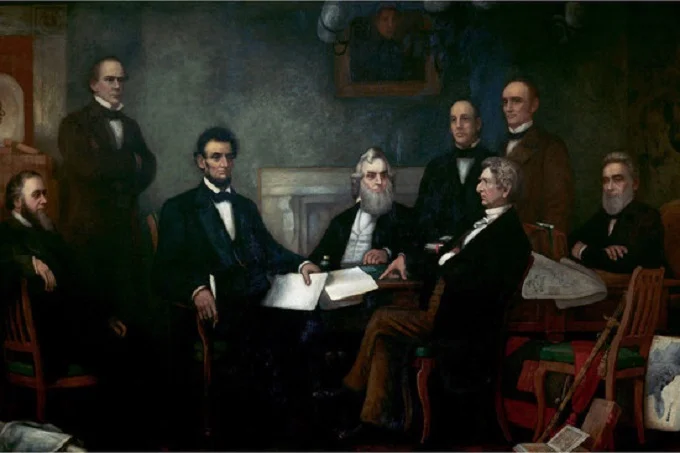When slavery was abolished in the USA

Lincoln signed a legislative resolution on February 1, 1865, proposing the 13th Amendment to the United States Constitution, which abolished slavery. In the United States, the day is National Freedom Day. Three-quarters of the states had signed the agreement by December 1865. The 13th Amendment was ratified on December 18, 1865. Slavery was abolished in the United States for all time, yet racial inequality still exists.
The United States Civil War broke out in 1861 between the North and the South. Slavery and the desire of the Southern states to spread it to the Northern states against the interests of the latter were the major causes of the war.
Then-President of the United States, Abraham Lincoln, knew that either the nation would become entirely slave-owning or completely free. Slavery should be eliminated once and for all, according to the lawmaker, who had previously called for progressive emancipation.
The Emancipation Proclamation, which proclaimed slaves residing in regions in rebellion against the United States free, was quickly signed by Lincoln. As a result, the Civil War became a fight to end slavery.
The text of the Thirteenth Amendment reads as follows:
Section 1. Neither slavery nor servitude shall exist in the United States, or in any place subject to its jurisdiction, except as a punishment for a crime for which the person has been duly convicted.
Section 2. Congress shall have the power to enforce this article by enacting appropriate legislation.
Interestingly, Kentucky did not ratify the Amendment until 1976. In Mississippi, the vote to ratify the Amendment did not take place until 1995, and the abolition of slavery was formally finalized in 2013.
Slavery in the USA was abolished in several stages
On December 18, 1865, the 13th Amendment to the US Constitution, abolishing slavery, entered into force. Abraham Lincoln (1809-1865) – 16th President of the United States and the first Republican President. He is also called the liberator of American slaves and the pride of the American people.
Lincoln was strongly opposed to the expansion of slavery into new territories. He became one of the initiators of the creation of the Republican Party, from which he was elected to the presidency of the country.
The election of Lincoln was negatively perceived by the slave states. In 1861, they seceded from the Union and proclaimed the Confederate States of America. “We must not be enemies,” Lincoln declared upon taking office, but the armed uprising of the southerners prompted him to take action against them. His actions ended in success – in the civil war of 1861-1865, the North defeated the South.
During the war, President Lincoln carried out a series of revolutionary democratic reforms. On June 19, 1862, he passed a law abolishing slavery, and on January 1, 1863, he issued the Declaration of Independence, in which he called on the allied army to free all slaves.
However, the Declaration was declared unconstitutional during the armed conflict between North and South.
The 13th Amendment to the US Constitution, which abolished slavery throughout the state, was adopted by Congress on January 31, 1865, during the war, ratified by the required number of states on December 6 of the same year, and entered into force on December 18, 1865. This provision has been ratified by three-quarters of the US states, declaring that neither slavery nor any other form of forced labor is no longer allowed in the United States.
However, the slave trade on the American continent continued until the late 19th century. Several states have ratified the Abolition of Slavery Amendment more than 100 years after the historic decision of Congress.
Slavery in the United States began in the early 17th century when the first African slaves were brought to the American continent. At the beginning of the 1860s, there were 4 million slaves in 15 American states, where slavery still remained at that time. In 1862, US President signed a law outlawing slavery, but despite this, human trafficking continued for several more years.




